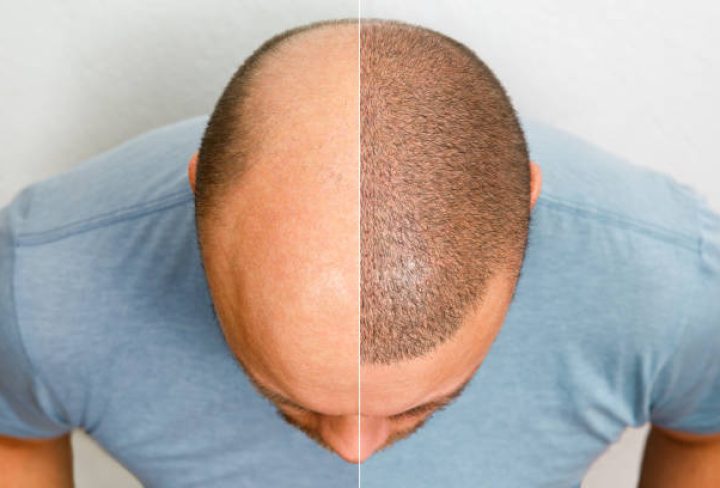Hair Transplant vs. PRP Therapy: Which One is Better for Hair Loss?
Hair loss is a common concern affecting millions of people worldwide. Whether caused by genetics, hormonal changes, or lifestyle factors, losing hair can impact confidence and self-esteem. Fortunately, medical advancements offer various treatments to restore hair, with Hair Transplant and Platelet-Rich Plasma (PRP) Therapy being two of the most popular options. But which one is right for you? Dr. Shivam Dang, a leading hair restoration expert, breaks down the differences between these two treatments to help you make an informed decision.
Understanding Hair Transplant
A hair transplant is a surgical procedure where hair follicles are extracted from a donor area (typically the back of the scalp) and implanted into bald or thinning areas. The two main techniques used in hair transplants are:
- FUE (Follicular Unit Extraction): Individual hair follicles are extracted and implanted, leaving minimal scarring.
- FUT (Follicular Unit Transplantation): A strip of scalp is removed, and follicles are harvested and transplanted.
Pros of Hair Transplant:
✅ Permanent solution: The transplanted hair is resistant to hair loss and grows naturally. ✅ Natural results: Modern techniques ensure a natural hairline and density. ✅ One-time procedure: Unlike PRP, which requires multiple sessions, a hair transplant is a one-time treatment.
Cons of Hair Transplant:
❌ Surgical procedure: Requires downtime for healing and carries minor surgical risks. ❌ Higher cost: More expensive than PRP due to the complexity of the procedure. ❌ Longer recovery time: Full results may take 6-12 months to be visible.
Understanding PRP Therapy
Platelet-Rich Plasma (PRP) Therapy is a non-surgical treatment that involves drawing a small amount of the patient’s blood, processing it to concentrate platelets, and injecting the platelet-rich plasma into the scalp. The growth factors in PRP help stimulate hair follicles and promote hair regrowth.
Pros of PRP Therapy:
✅ Non-invasive: No surgery, cuts, or scars. ✅ Minimal downtime: Patients can resume daily activities immediately. ✅ Stimulates natural growth: Encourages existing hair follicles to produce thicker, healthier hair. ✅ Affordable: More cost-effective compared to a hair transplant.
Cons of PRP Therapy:
❌ Requires multiple sessions: Typically, 3-6 sessions are needed over several months for optimal results. ❌ Not effective for advanced baldness: Works best for early-stage hair loss and thinning but won’t restore lost hair like a transplant. ❌ Temporary results: Maintenance treatments are needed every 6-12 months.
Which One is Right for You?
- Choose Hair Transplant if you have significant hair loss, bald patches, or a receding hairline and want a permanent solution.
- Choose PRP Therapy if you have mild to moderate hair thinning and want a non-surgical, natural way to stimulate hair growth.
- Combination Approach: Many patients benefit from both procedures—PRP therapy can enhance the results of a hair transplant by strengthening existing hair and accelerating post-transplant healing.
Consult with an Expert
Deciding between a hair transplant and PRP therapy depends on your level of hair loss, expectations, and budget. Dr. Shivam Dang, a top hair restoration specialist in Dehradun, offers personalized consultations to determine the best treatment plan for you.
Book Your Consultation Today!
Take the first step toward restoring your hair and confidence. Contact Dr. Shivam Dang at Dr. Dangs Maternity & Plastic Surgery Clinic, Dehradun, and get expert advice on the best hair loss treatment for you.


